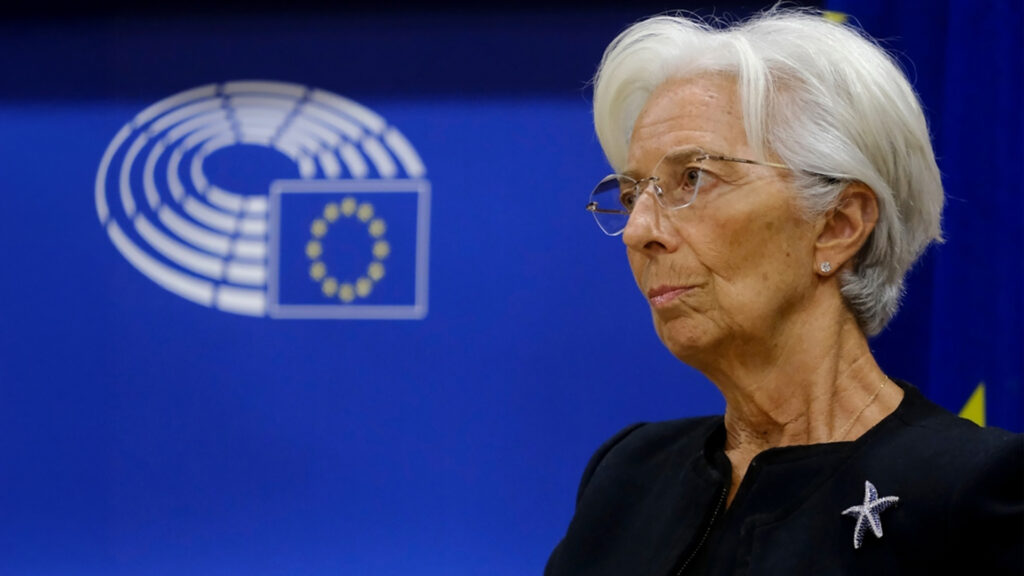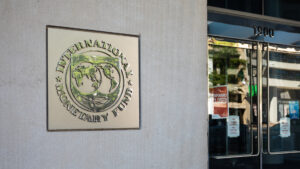The European Central Bank (ECB) is expected to keep interest rates steady at 2.15% on Thursday, marking a potential pause in the central bank’s rate cut cycle which began in 2024.
With inflation falling to the ECB’s 2% target and new forecasts from the central bank not due until their September meeting, the ECB remains in a wait and see stance. However, trade tensions with the US and a strong Euro have raised concerns for the ECB.
Breaking Down the Expectations
The ECB is expected to pause its rate-cutting cycle for the first time since early 2024 as the ECB awaits more clarity on inflation and trade developments.
The expected decision to hold rates comes amid stable inflation, which declined to 2% in June with core inflation coming in at 2.3%. ECB Executive Board Member Isabel Schnabel stated that the central bank’s rates are in a good place, with no signs of inflation rising.
The meeting probably won’t give markets new forecasts, and commentary might be minimal from officials since the central bank is in a wait and see stance, with the attention turning to the September meeting. ⁽¹⁾
Inflation and Economic Outlook
Eurozone CPI came in at 2% YoY in June, up from May’s eight-month low of 1.9% and in line with the European Central Bank’s official target.
Services inflation accelerated to 3.3%, up from May’s three-year low of 3.2%, while the decline in energy prices declined to 2.6% from 3.6%. Meanwhile, core inflation which excludes prices for energy, food, remained at 2.3%, the lowest since January 2022. ⁽²⁾
The ECB is monitoring wage growth, which is a key driver for inflation in the services sector. Recent data showed positive trends, with the euro area factory output expanding for four consecutive months. Manufacturing PMI reached its highest level since 2022. ⁽³⁾
US tariffs continue to loom as higher levies on auto manufacturing, steel and aluminum could disrupt supply chains. The EU has warned of retaliation measures if no trade deal can be made, which could add complications to the ECB’s policy decisions.
Last Rate Cut?
The ECB’s cautious approach originated from their confidence in the current economic picture. Isabel Schnabel also stated that a rate cut could be required if the path for inflation goes off track, which is nothing to worry about according to the ECB Board Member.
However, external risks are rising, particularly from US tariffs where 30% levies could be set in motion on EU imports by August 1st. This could hurt the eurozone’s economic recovery.
These tariffs have even exceeded the ECB’s worst case tariff scenario, which adds another layer of uncertainty.
The euro has risen 13% YTD against the US dollar. The surge was mainly driven by US President Trump’s tariffs and his criticism on the Fed Chairman Jerome Powell, which weakened the dollar.
Despite these concerns, the ECB is unlikely to make changes to monetary policy, which prefers to address its outlook in September. ⁽⁴⁾
Bottom Line
The ECB’s next move could most likely depend on its September meeting forecasts and the outcome of the US-EU trade negotiations.
While the central bank is well positioned to handle current challenges, trade disruptions and disinflationary pressures could lead to more easing in monetary policy this year.
The ECB’s expected rate hold could indicate a cautious approach as it balances inflation and growth with emerging risks.



